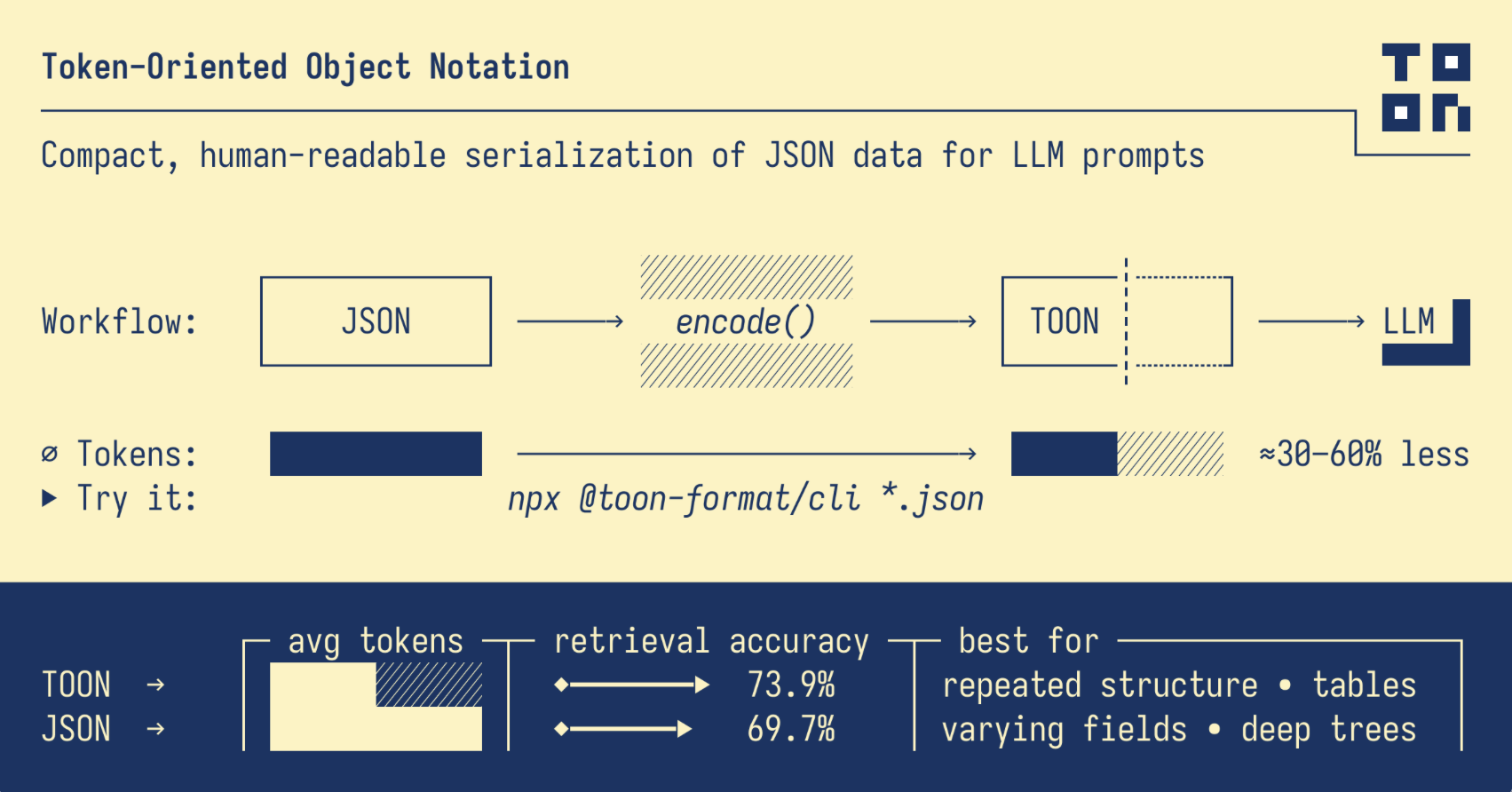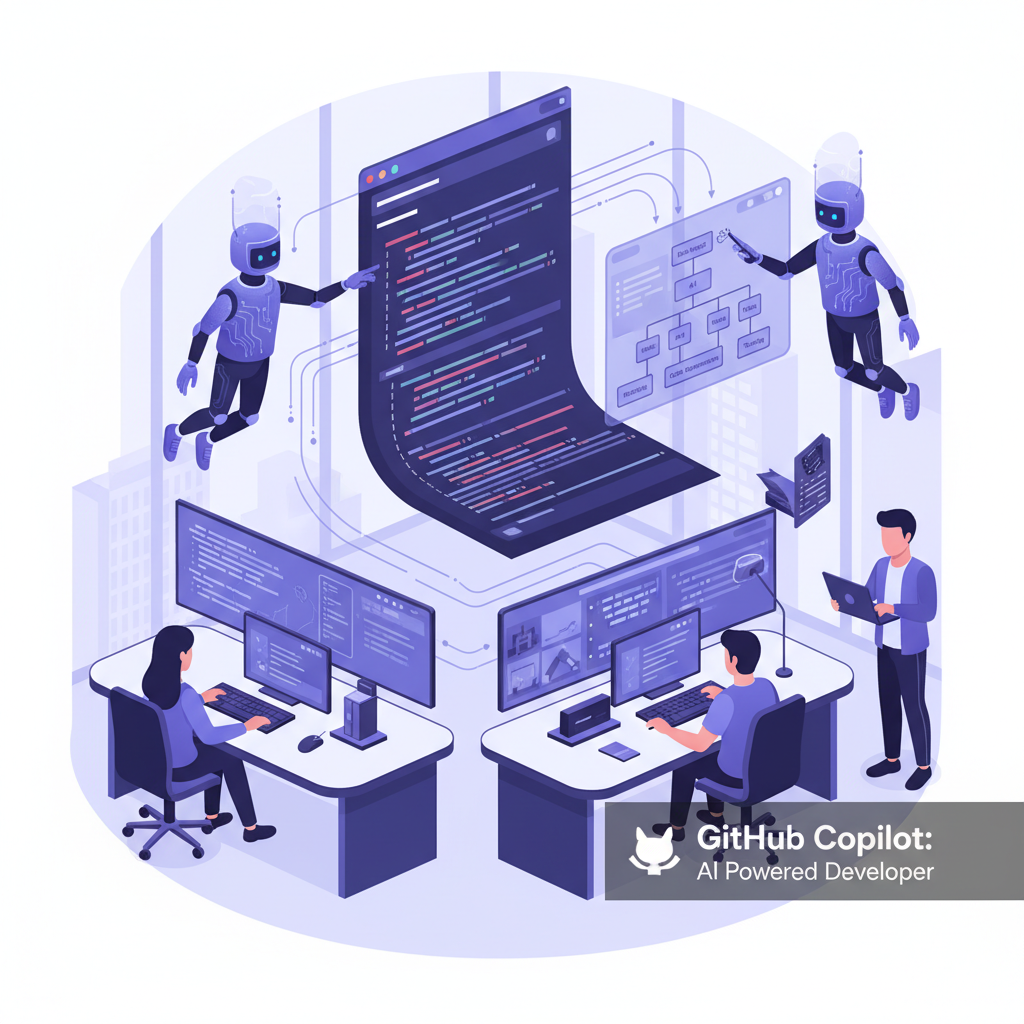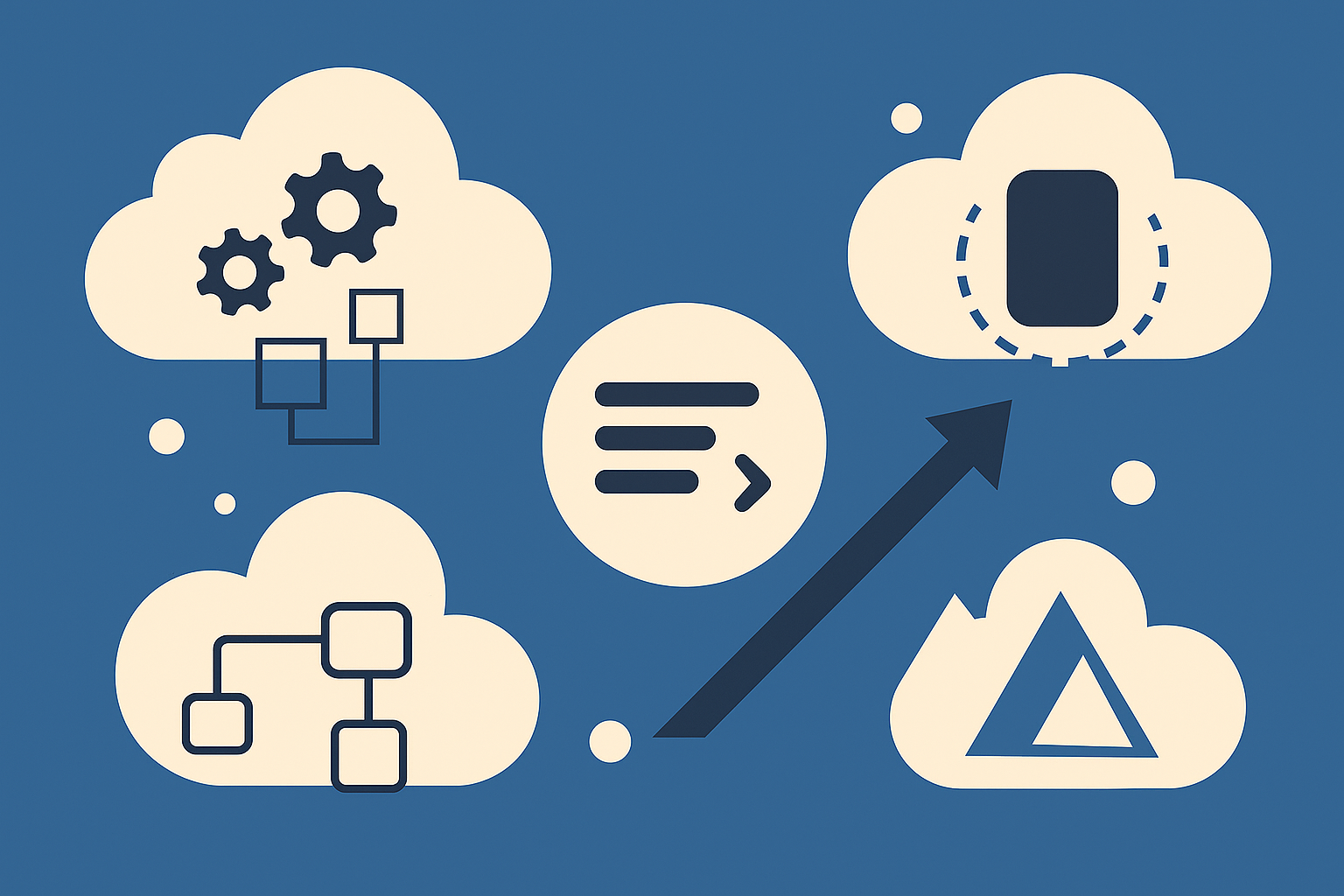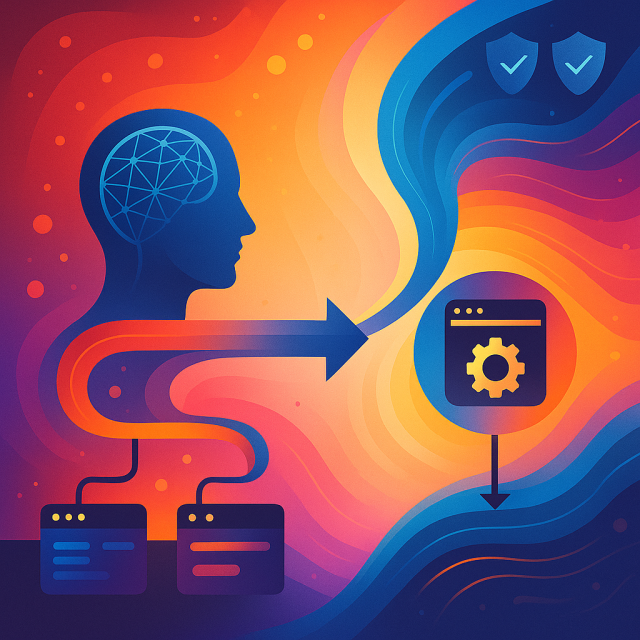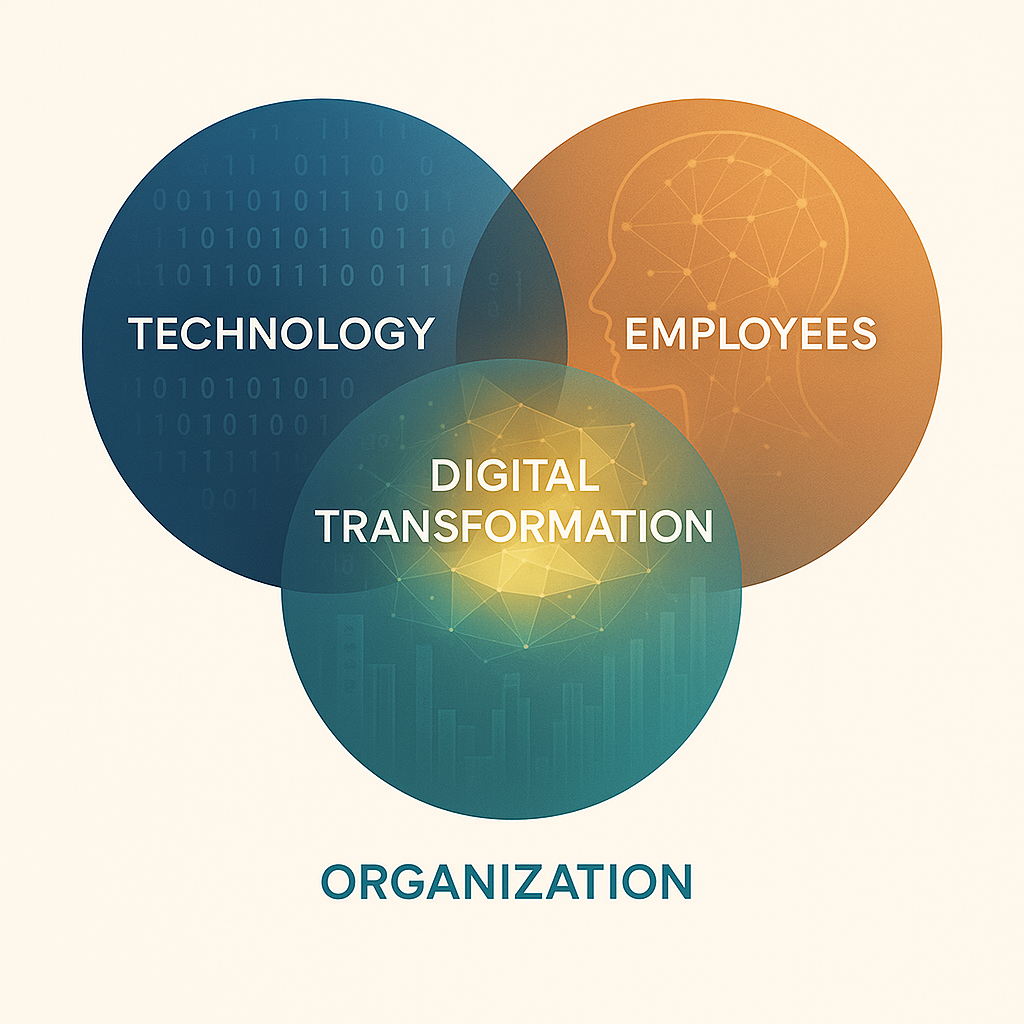When working with Large Language Models, a recurring challenge emerges: every character in a structured data payload costs tokens, and tokens incur costs. While JSON has long been the universal standard for data exchange, the age of AI agents and LLM-driven applications calls for a re-evaluation of data serialization methods. Token-Oriented Object Notation (TOON) is a new data format designed specifically for this challenge. It can achieve a token reduction of 30-60% compared to JSON while maintaining human readability and supporting identical data structures (e.g. TOON GitHub). Why Token Efficiency Matters In traditional API development, minor variations in data size…
Comments closedTag: Technology
Python has dominated the TIOBE programming language index for years, beloved for its versatility and beginner-friendly syntax. Yet despite this widespread adoption, one aspect consistently frustrates developers: package management. The gap between Python’s elegant simplicity and the complexity of managing dependencies has plagued data scientists, engineers, and developers for decades. The emergence of uv, a Rust-based package manager, represents a fundamental rethinking of how Python environments should work. Rather than applying patches to existing tools, uv reimagines the entire dependency management ecosystem and the results are transformative for anyone building data platforms, machine learning pipelines, or production-grade Python applications. The…
Comments closedThe collaboration between developers and AI is shifting from simple prompts to a more sophisticated partnership, guided by structured instruction sets. This evolution is driven by emerging standards like AGENTS.md, which serve as a “README for agents” by providing the necessary context to work effectively on a project (e.g. https://github.com/openai/agents.md) Understanding these formats is crucial for developers seeking to harness the full potential of autonomous AI systems. Guiding AI with AGENTS.md The AGENTS.md file is a predictable and centralized location for project-specific instructions for AI agents. Its primary goal is to accelerate an AI’s “onboarding” process, providing immediate context on a project’s architecture, conventions,…
Comments closedInfrastructure as Code (IaC) is no longer just a buzzword—it’s the backbone of modern software delivery. Whether you’re launching a startup or running a global enterprise, IaC empowers your team to build, scale, and maintain complex infrastructure with the speed and precision of software engineering. But with so many tools out there, how do you choose the right one for your Azure projects? Therefore, I am discussing Bicep and Terraform as the main tools out there. If you’re new to IaC, imagine transforming hours of tedious portal clicking into a few lines of code—repeatable, version-controlled, and reviewable. That’s the magic…
Comments closedIn today’s digital-first world, cloud computing has become the backbone of modern business operations. By delivering IT services over the internet, the cloud allows organizations to avoid hefty investments in hardware and infrastructure, instead providing on-demand access to scalable resources, advanced analytics, and powerful development tools. This transformation empowers companies of all sizes to innovate faster, manage big data, and adapt to changing market needs with unprecedented flexibility and cost efficiency. Azure Functions play a key role in this landscape by enabling businesses to run event-driven, serverless applications that automatically scale with demand. This means organizations can streamline processes, reduce…
Comments closedTL;DR: SSE vs Streamable HTTP What Changed: Old (SSE): Required permanent connections + separate /sse endpoint → connections dropped = lost everything New (Streamable HTTP): Single /message endpoint + optional session IDs → connections drop = automatic recovery Key Improvements: Reliability: Session recovery vs complete restart on disconnect Efficiency: On-demand connections vs always-on connections Compatibility: Works with all web infrastructure vs SSE-unfriendly proxies/firewalls –> Also if you want to know how to secure MCP Server with NGINX + Supergateway + Render, see our Secure MCP article on dev.to Introduction Though the Model Context Protocol (MCP) has been around for a…
Comments closedDeveloped in the late 1990s, the Cross-Industry Standard Process for Data Mining (CRISP-DM) remains one of the most enduring frameworks in data science. Despite being over two decades old, I am discussing this methodology here because it continues to serve as the lighthouse guiding enterprises through data transformation, converting raw information into strategic competitive advantages that drive measurable business outcomes. This classic framework has stood the test of time, establishing itself as the gold standard for data science initiatives, with nearly half of data professionals still adopting this framework for their analytics projects today. Its longevity and continued relevance stem…
Comments closedDigital transformation is the driving force behind sustainable business success in today’s fast-changing world. As I observe organizations striving to stay competitive and relevant, I consistently see three critical realms shaping the path forward: Technology, Employees, and Organization. Each acts as a pillar supporting the ultimate goal—delivering measurable economic and business impact. The Venn diagram above—an adjusted version of Hebing and Stolpe (2020)—serves as a foundational roadmap. It visually demonstrates how these three realms intersect, with Digital Transformation at the center. This framework guides the direction of this blog and all future content, ensuring a holistic approach to the topic.…
Comments closed